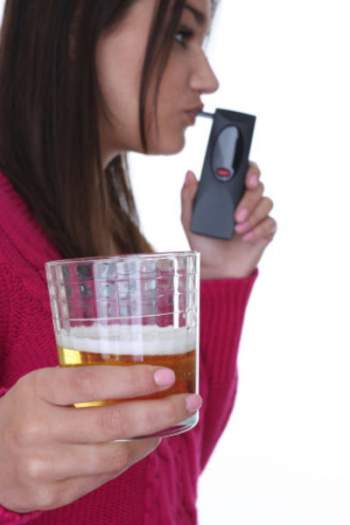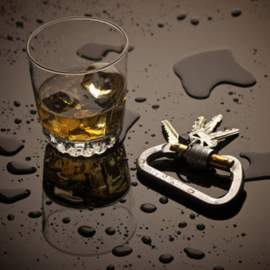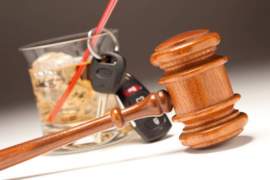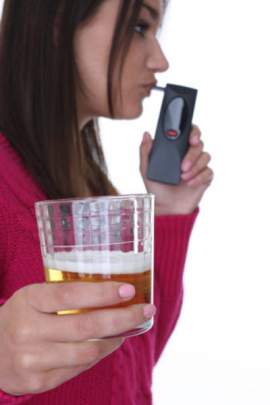
All You Need To Know About The Origins Of Breathalyzer

A breathalyzer is a breath analyzing device that is used to give an estimate of the BAC level (Blood Alcohol Content) of a breath sample. Breathalyzers were traditionally used by law enforcement to determine the BAC of a driver determining whether or not he was drunk while operating a vehicle. Since then, the device has evolved into much more practical ones, and made by several manufacturers. Evidence of alcohol testing can go back over a century, but the recorded first chemical texts of alcohol intoxication were conducted in 1937 by Rolla N. Harger, a professor at Indiana University.. Professor Harger was credited with introducing the Drunkometer in 1938 which was the first device invented for the testing of alcohol on a person's breath. The downside to this device was that it needed to be re-calibrated when it was moved from one place to a different one. Professor Robert Borkenstein, also of Indiana University, was responsible for inventing the Breathalyzer which served the same purpose, but was much more practical and didn't require the same maintenance. Breathalyzer models since then have gone through a series of changes. The original manufacturer for the police used breathalyzers was the famous gun manufacturer, Smith & Wesson. The company later sold the product to another company, and since then others have joined on the production front. The units themselves have gotten smaller in size so that officers can transport them in their vehicles and administer breathalyzer tests on the spot. Breathalyzers have been a great tool for officers to be able to confirm if a driver is driving under the influence of alcohol. It provides a way without invading their privacy/body such as drawing blood or urine, for them to be able to determine the person's BAC. Measuring the blood alcohol level through breath has been such a great advancement since early tests and models, and an essential part of law enforcement. This is not where breathalyzers serve their only purpose though. In the past two decades, portable breathalyzers have hit the market in abundance and more efficient and accurate models with time. Personal breathalyzers can help a pertain test their BAC level on their own, in accordance to their state limit, and be able to judge whether to drive home or not. They serve as a great aid for those responsible individuals who want to make sure they haven't had a drink too many prior to hitting the road. Sometimes people feel absolutely fine when getting in a vehicle and are capable of driving home, but they do not realize their BAC level may be above the legal limit and if they get pulled over and tested, they could end up in jail. Having a personal breathalyzer can help dodge a situation like that, and ending up in more trouble later. Since the creation of the first breathalyzer, models have become more accurate and trustworthy. The legitimate personal models are approved by the Food and Drug Administration to confirm the product does its function. These devices have come along way and are a large part to the improvement of society(personal breathalyzer), and the incrimination of those in violation of drunk driving (law enforcement breathalyzers).



















